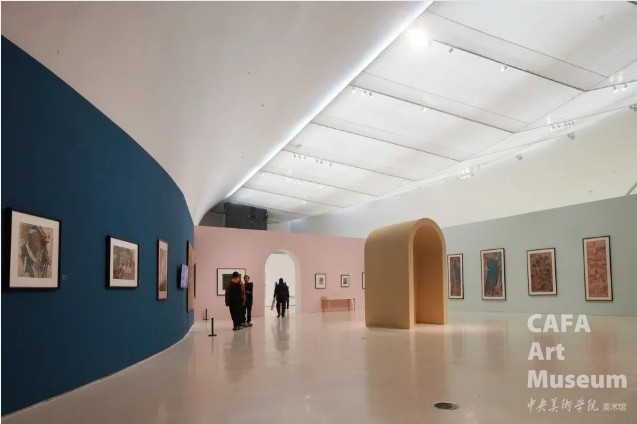

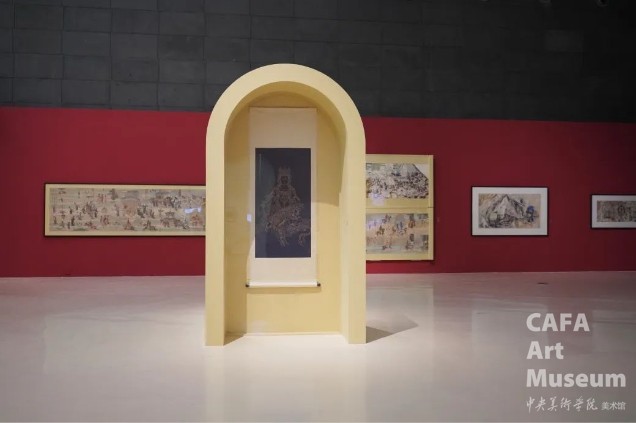
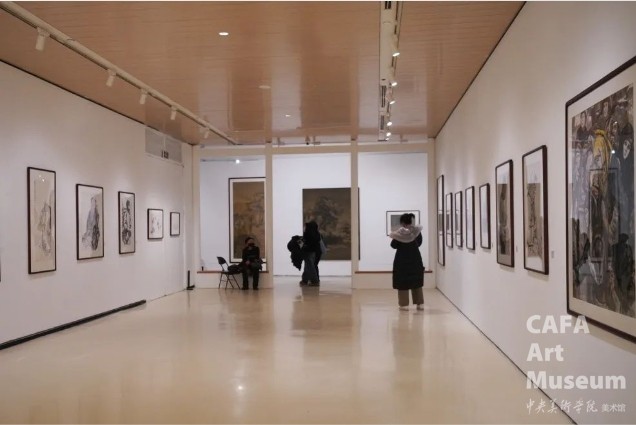
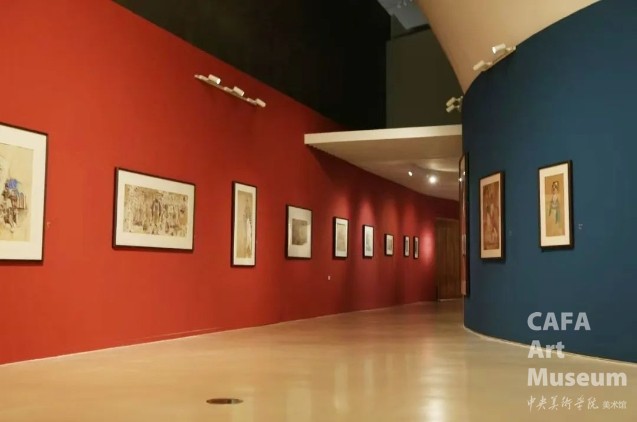
PART.01
How Can Art Heal?
————— —— ——
When the ink wash spreads and diffuses on the rice paper, it is not just an encounter between ink and water, but also a gentle dialogue between the soul and the world. Art has many characteristics and functions, and it can also be directed towards multiple purposes and express rich themes. Edith Kramer, one of the representative figures in the field of art therapy in the 20th century, believed that the process of art creation itself has therapeutic effects.
For creators, the process of art creation is oriented towards both internal psychology and external connection. On the one hand, creation is an emotional retrospection of one's inner self and a sorting out of important psychological events. On the other hand, through the expression in the form of art, creators can transform and externalize their abstract inner perceptions into concrete entities, achieving the connection between the psychological space and the real space. For the audience, true art appreciation is a self-related experience process. The space of an art work, which is composed of symbols, signs, and images, provides the viewers with an inclusive space that can accommodate their self-projection. The healing brought about by art is not a kind of correction and education by external forces. Instead, it is that participants, based on their own internal resources, complete their self-growth through artistic expression with the help of artistic media.
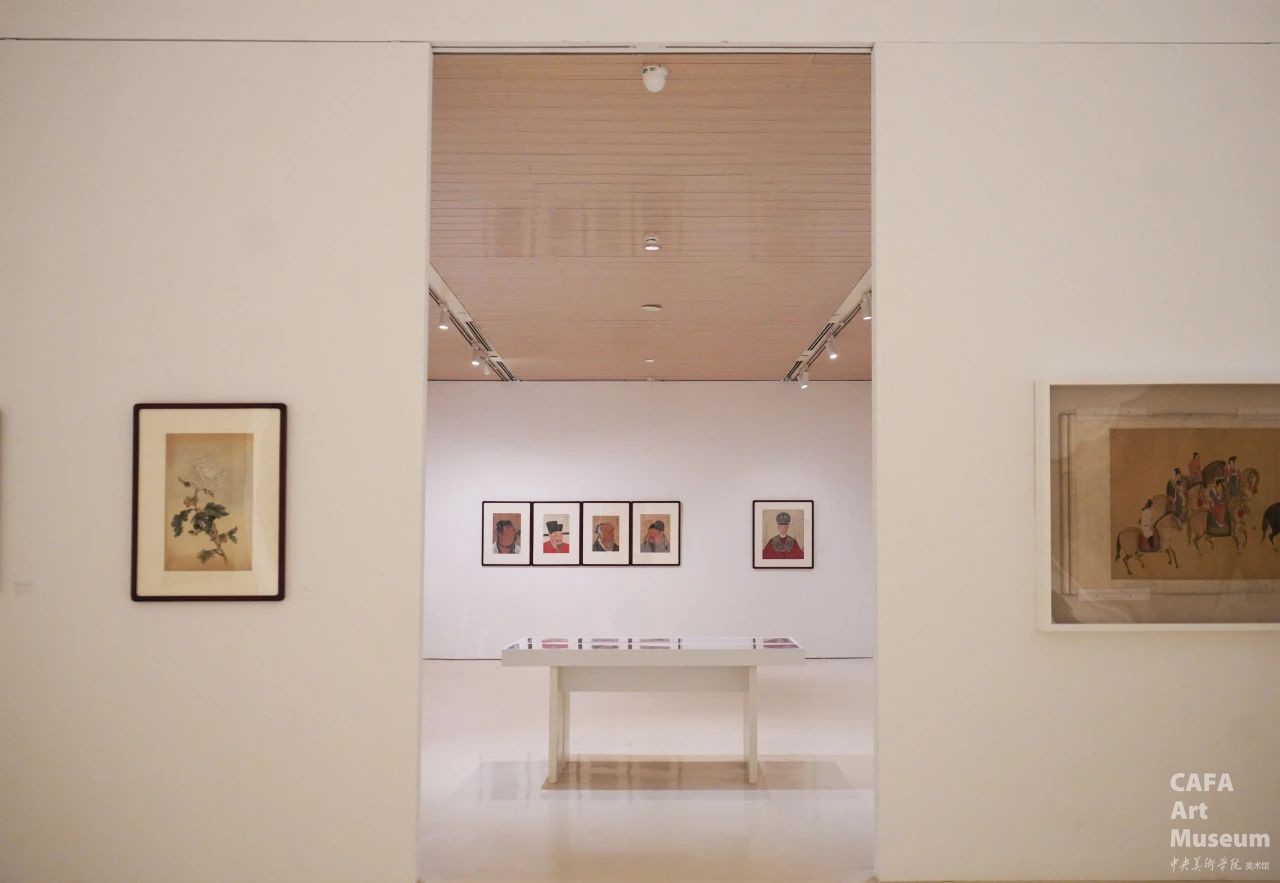
PART.02
Workshop Overview
————— ——————
This workshop aims to help participants draw inspiration from traditional painting works and integrate it with their personal resources through the methods of visiting an exhibition and creating ink-wash paintings. The exhibition presents more than 300 pieces of works, including copies of Chinese paintings, teaching sketches for students, and works transformed from copying to original creation in the Chinese painting copying teaching of the Central Academy of Fine Arts over the past hundred years. It showcases the closely linked brush and ink formulas of Chinese paintings. This workshop is designed to awaken the viewers' unique inner experiences through artworks, enabling them to immerse themselves in each painting and achieve inner harmony and stability during the creative process.
We will invite you to step into the world depicted in the paintings with your own stories, allowing the brushstrokes of the ancients to reunite with the emotions of the present-day people on the rice paper. Eventually, this artistic energy that has traversed a hundred years will be transformed into your own personal mental landscape.
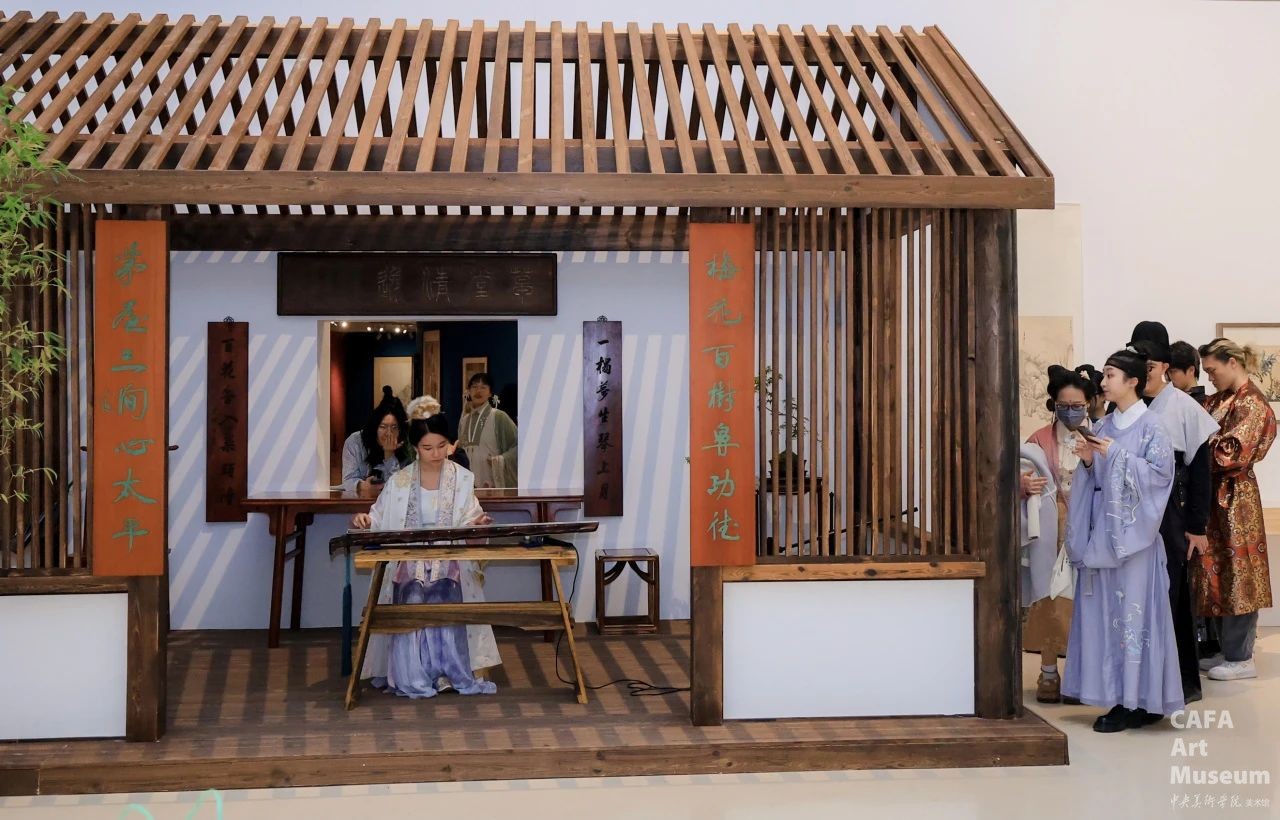
PART.03
Ink-wash Painting Creation
——————— ——————
The fluidity of ink-wash painting coincides with the concept of "vivid charm" in traditional Chinese aesthetics. The infiltration and blending of the ink color on the rice paper form unique textures and layers. The creative process is precisely a practice of active imagination. Guided by the ink color, one can have a dialogue with the subconscious mind, allowing those suppressed emotions to be released and transformed. In the flow of the ink color, we can re-examine and integrate ourselves. Ink-wash painting is a secret language of emotions. It invites us to put aside rationality and feel with our hearts. In the world of ink color, we can experience the power of art therapy and seek our own spiritual resonance and inner peace.
Prepare a heart willing to have a dialogue with yourself, and wear clothes that you don't mind getting stained with ink. There are no constraints of judgment criteria here, only an embracing environment as inclusive as the rice paper.
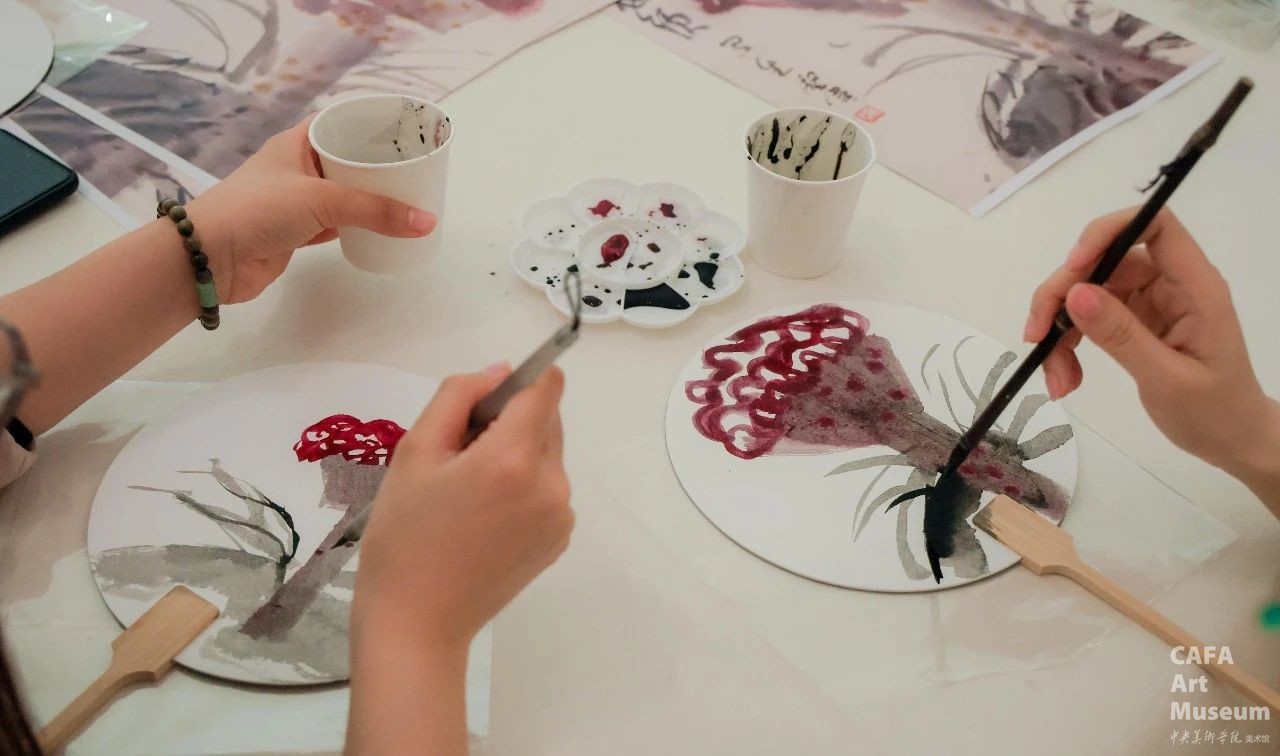
PART.04
Activity Process
————— ————
1.Exhibition Visit (15 minutes)
The facilitator introduces themselves and explains the precautions for the workshop. Participants voluntarily introduce themselves and come up with a nickname by which they would like to be addressed. The docent leads the participants to visit the exhibition and understand the theme and content of the exhibition.
2.Establishing a Connection with the Artwork (15 minutes)
Combining their experience during the exhibition visit, participants select the artwork that most attracts them or a certain part of the exhibition, and establish a connection with the work by means of the questions on the guiding card.
3.Ink-wash Painting Creation (40 minutes)
Participants create ink-wash paintings on paper based on the artwork they have chosen. Following the rhythm of the music, they create three pieces of works successively, starting from dots, then to lines, and finally to surfaces. The music changes from gentle and soothing to gradually rhythmic. Participants express their current emotions and feelings through the variations of the density and shade of the ink color.
4.Group Communication and Sharing (20 minutes)
Participants can take turns to voluntarily share their artworks, as well as their feelings and gains during the creative process or this activity. The facilitator offers care and responses.

PART.05
Workshop Registration
———— — ———
Time: 14:00 - 15:30 on Saturday, March 15th
Venue: Exhibition Hall on the third floor and Workshop Area on the first floor (West Gate) of the Art Museum of the Central Academy of Fine Arts
Target Participants: Adolescents aged 10 to 18
Number of Participants Recruited: 10 people
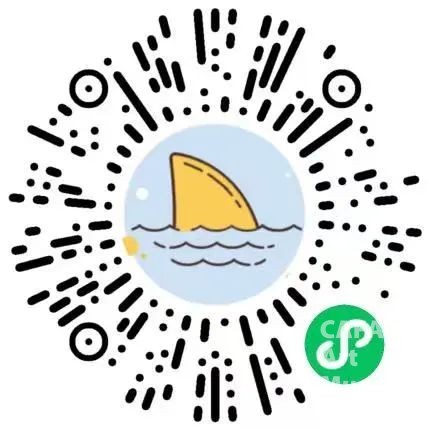
Scan the QR code to register
Note:
For this experience, please purchase the admission ticket to the Art Museum of the Central Academy of Fine Arts in advance by yourself.
Minors need to be accompanied by a guardian.
The workshop is free of charge.
The Art Museum of the Central Academy of Fine Arts reserves the right of final interpretation of this event.
PART.06
Activity Superviso
————— ———
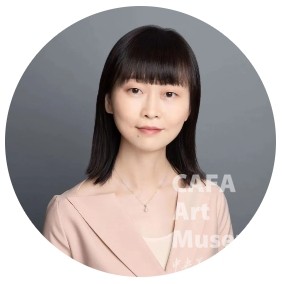
Zhang Xuan, an associate professor at the Central Academy of Fine Arts, a supervisor for postgraduate students, and the deputy director of the Art Therapy Research Center.
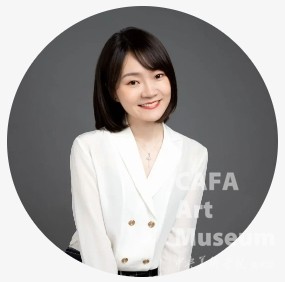
Su Ziyi, a postdoctoral fellow at the Central Academy of Fine Arts, and a Board-Certified Art Therapist (ATR-BC) certified by the American Art Therapy Association (AATA).
Joint Planners of the Workshop: Public Education Department of the Art Museum of the Central Academy of Fine Arts, Art Therapy Studio of the School of Arts Administration of the Central Academy of Fine Arts
Acknowledgment: School of Chinese Painting of the Central Academy of Fine Arts
▏

Transmission and Imitation
Works in the Teaching of Chinese Painting Copying at the Central Academy of Fine Arts
Sponsor: Central Academy of Fine Arts
Organizers: School of Chinese Painting, CAFA; CAFA Art Museum
Exhibition Time: January 21, 2025 - April 16, 2025
Exhibition Venue: Exhibition Hall on the 3rd Floor of CAFA Art Museum
Chief Editor / He Yisha
Editor / Du Yinzhu
